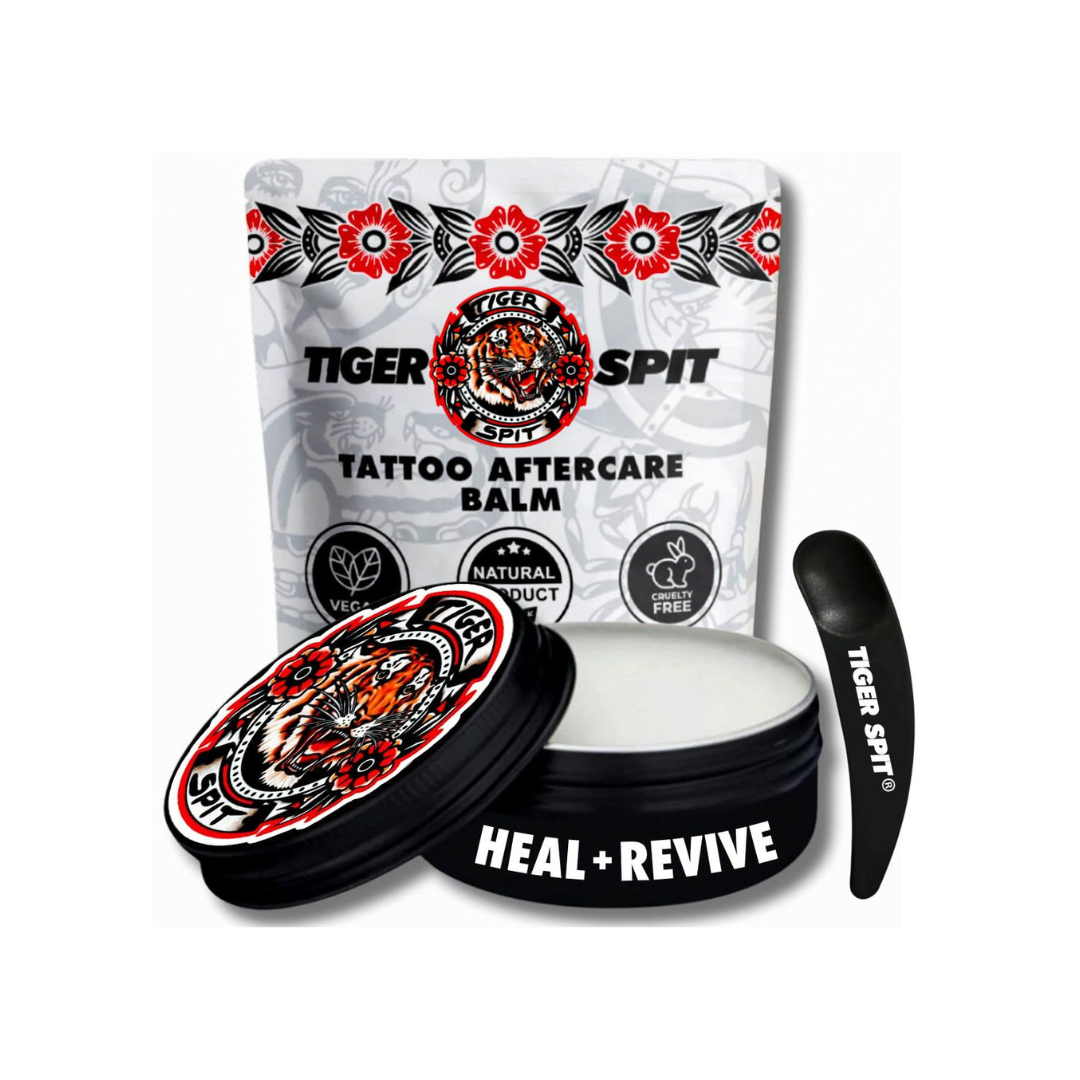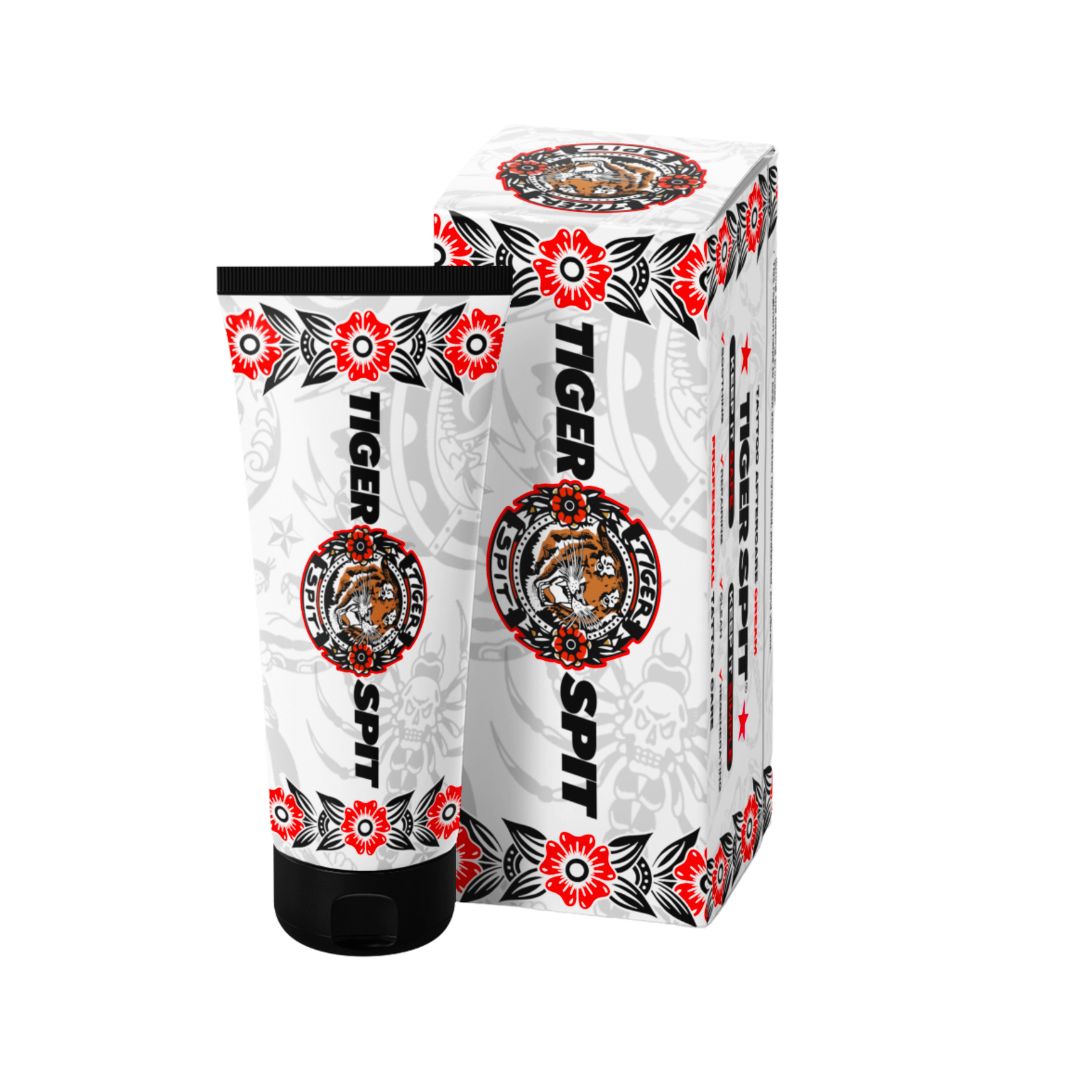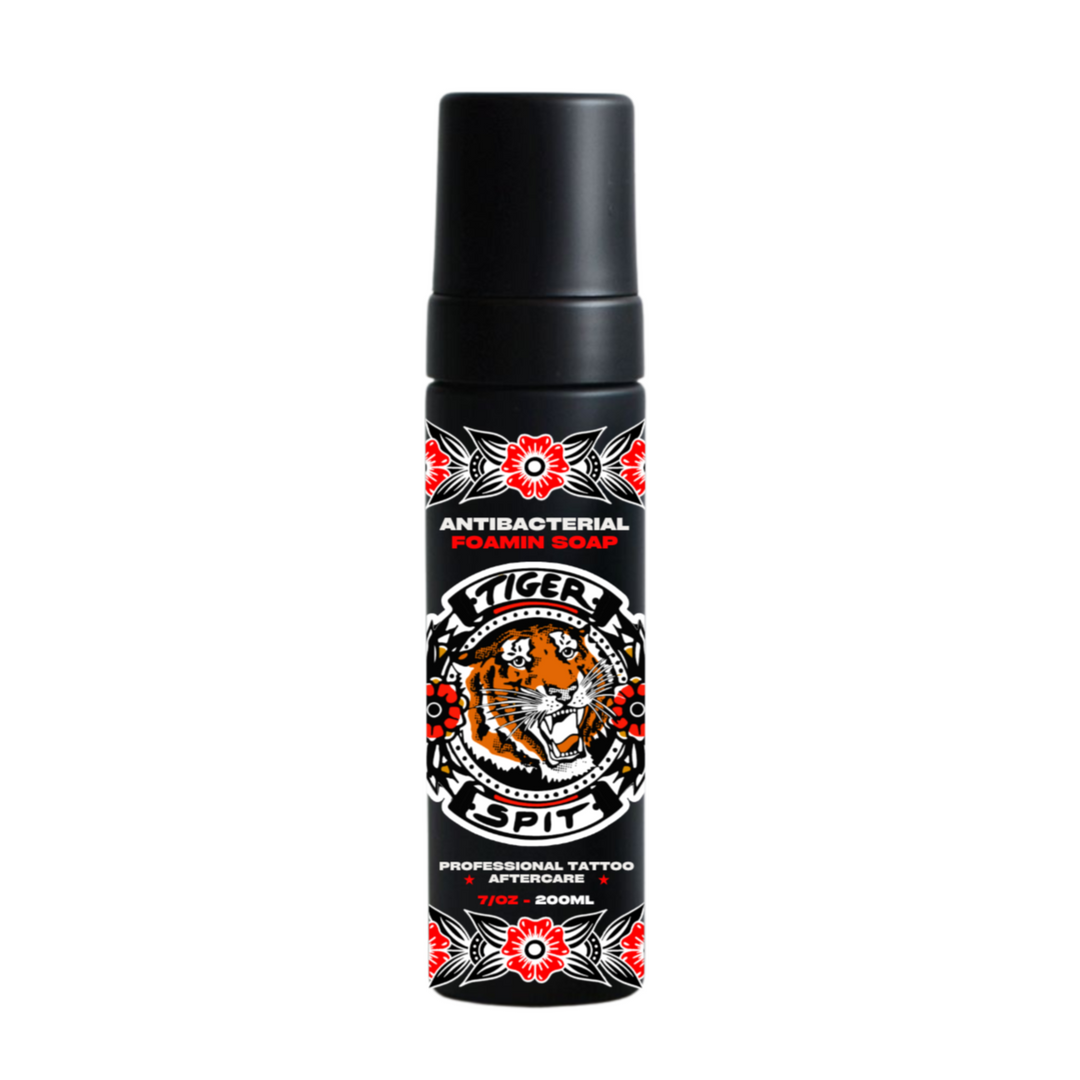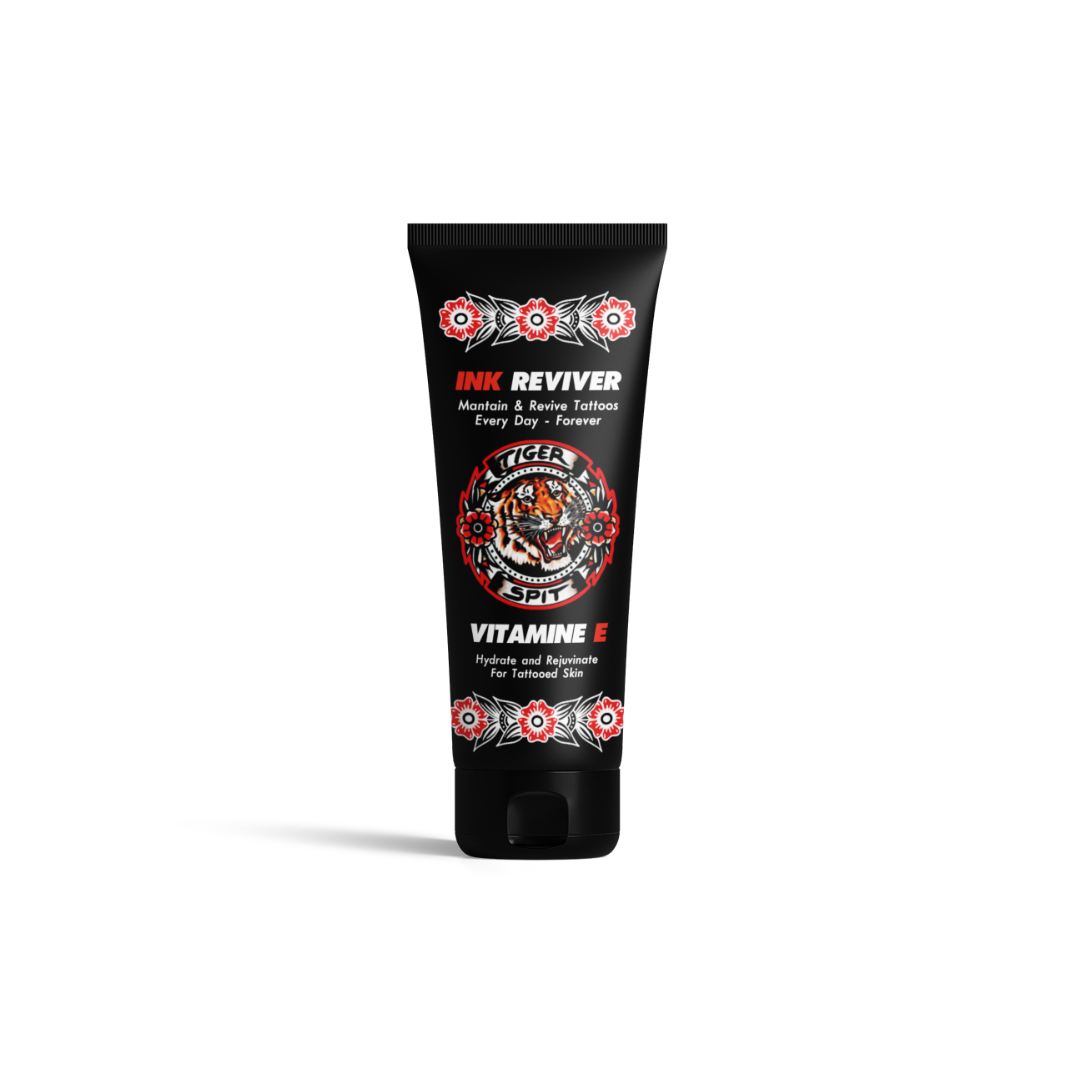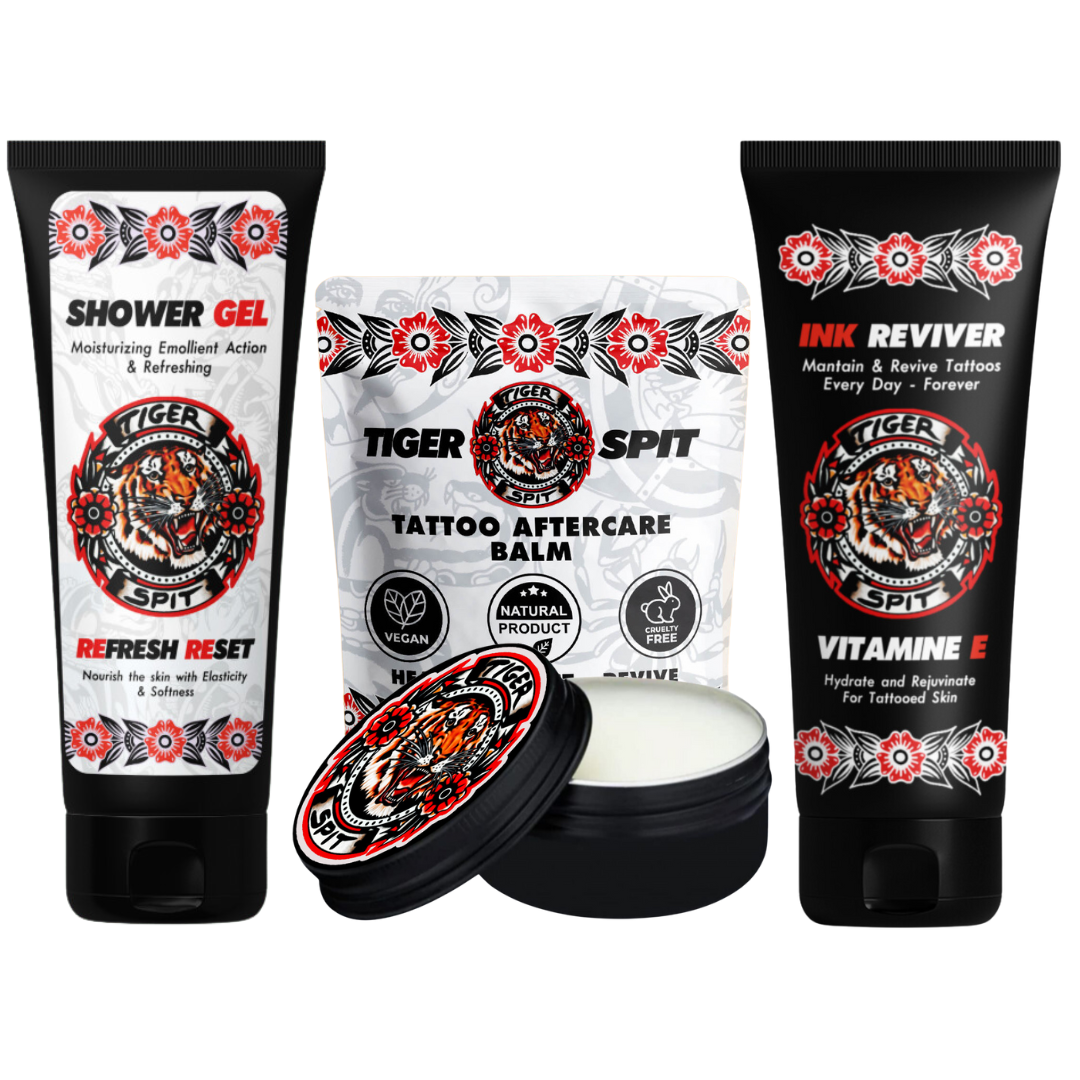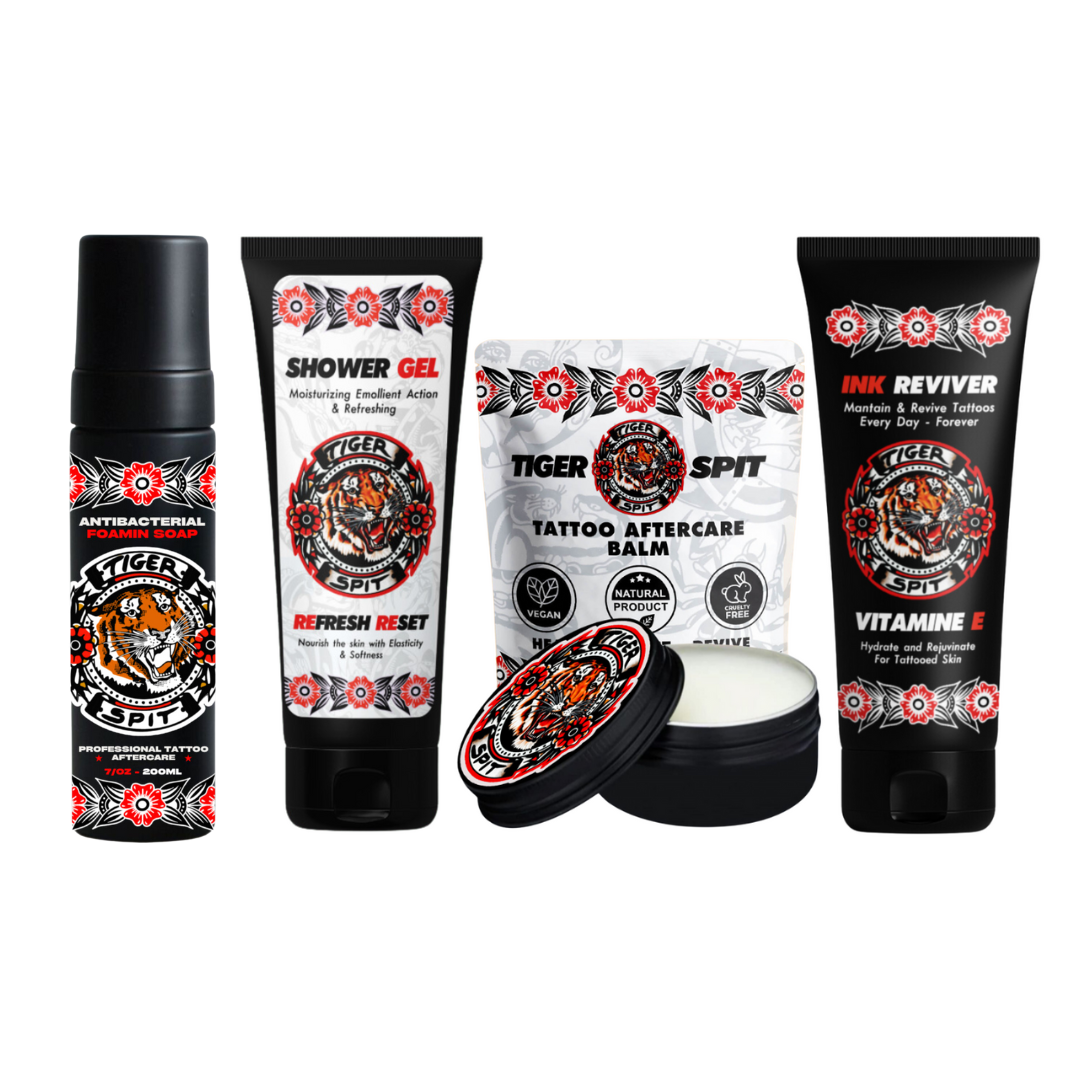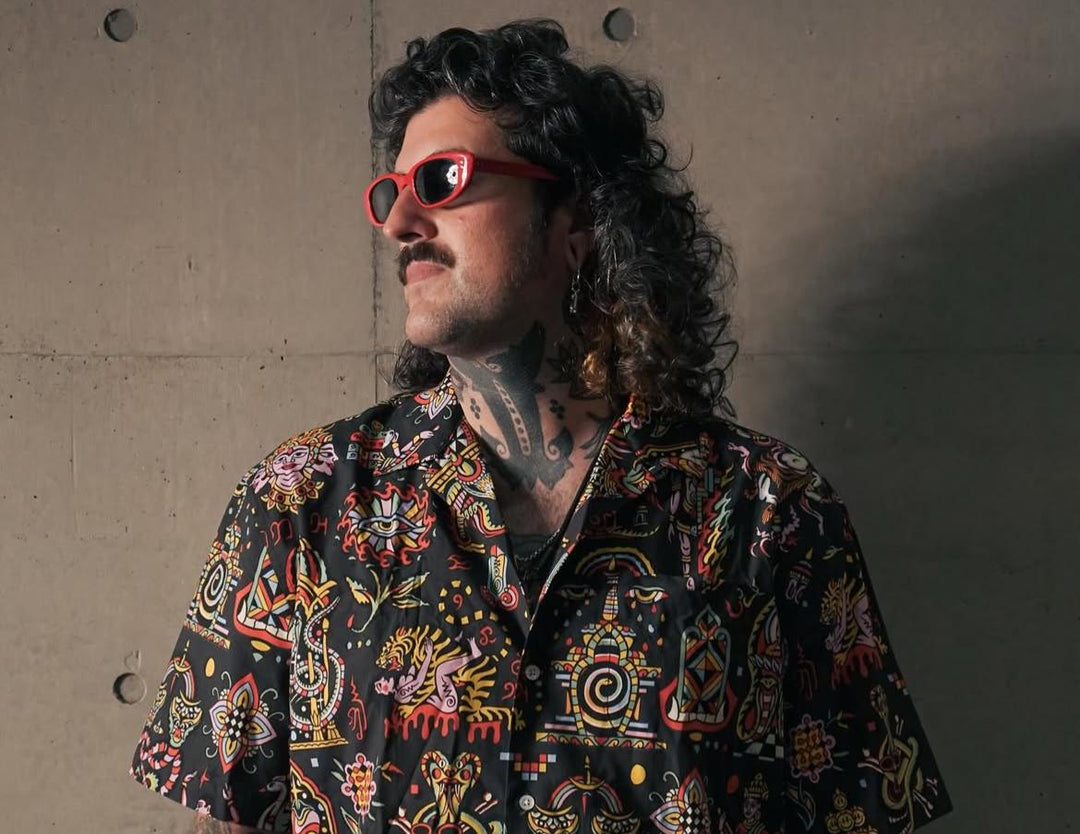The History of Traditional Tattoos
But Western society took longer to get into it. If you were a proper gentleman on the streets of London or Paris in the 1600s, you did not have a tattoo (although you were probably sporting a codpiece). Finally, by the 1700s, there was a kind of man who looked at the world differently — who fled the safety and constraints of civilization for another kind of existence. That’s right, we’re talking about sailors. According to what records exist, it was the men on Captain James Cook’s crew who first chose to get tattoos as mementos of their journey to the great tattoo cultures of Japan, China and the Pacific Islands. And that’s pretty much how it stayed for the next 200 years or so.
TATTOOS WERE THE PROVINCE OF PEOPLE LIVING OUTSIDE THE CONSTRAINTS OF MAINSTREAM SOCIETY — SAILORS, HOBOS AND CIRCUS FREAKS.
The closest tattoos brushed against accessibility was on the arms of enlisted servicemen (officers rarely dared to ink themselves), who often got tattoos to signify their military unit, the battles they fought in and the number of enemies they killed.
Then came WWII, when millions of young American men who would have otherwise been upstanding vanilla-looking, cardigan-wearing citizens, were thrust into war. The Japanese invasion of Pearl Harbor, just West of Honolulu, became a crossroads and the ultimate shore leave destination for millions of servicemen – it was also home to the tattoo shop of a heavily inked former Navy man named Norman Collins, aka Sailor Jerry.
Whatever quaint certainties these men were counting on were now overshadowed by the trials and hazards of battle — they didn’t know if they’d make it out and if they did, the last thing they were worried about was some snotty banker giving them crap about their tattoo.
It was on the backs, shoulders and arms of men like these where Sailor Jerry built his rep and changed the world of tattoos. Jerry combined vivid color, bold iconography and sheer artistic ambition to create a new kind of tattooing. He was also the first Westerner to correspond with and learn directly from the great Japanese tattoo masters. He mastered their techniques and vowed to “beat them at their own game” — which he did by combining their techniques with his own gusty American sensibility to come up with a new style of tattooing. Refined, bold and iconic. Sometimes beautiful. Sometimes bawdy. Oftentimes both. Beyond this, he was also innovative on a more technical level, pioneering modern tattoo machine configurations, sterilization techniques and purple ink.
By the 50’s and 60’s, Americans getting tattoos included the most aggressive elements of counterculture, outlaw biker gangs, convicts and others without the desire or expectation to “move up” in society. It was one thing to stand out by wearing a leather jacket and greasing back your hair. But it took another level of commitment to inscribe your body with an image that permanently states your beliefs, affiliation or anti-establishment attitude. By the late 70’s and early 80’s, getting aggressively tattooed and pierced became a mark of punk culture’s disdain for conformity and social mobility. And the range of things that people express with tattoos continues to widen.
Source : WWW.SAILORJERRY.COM




